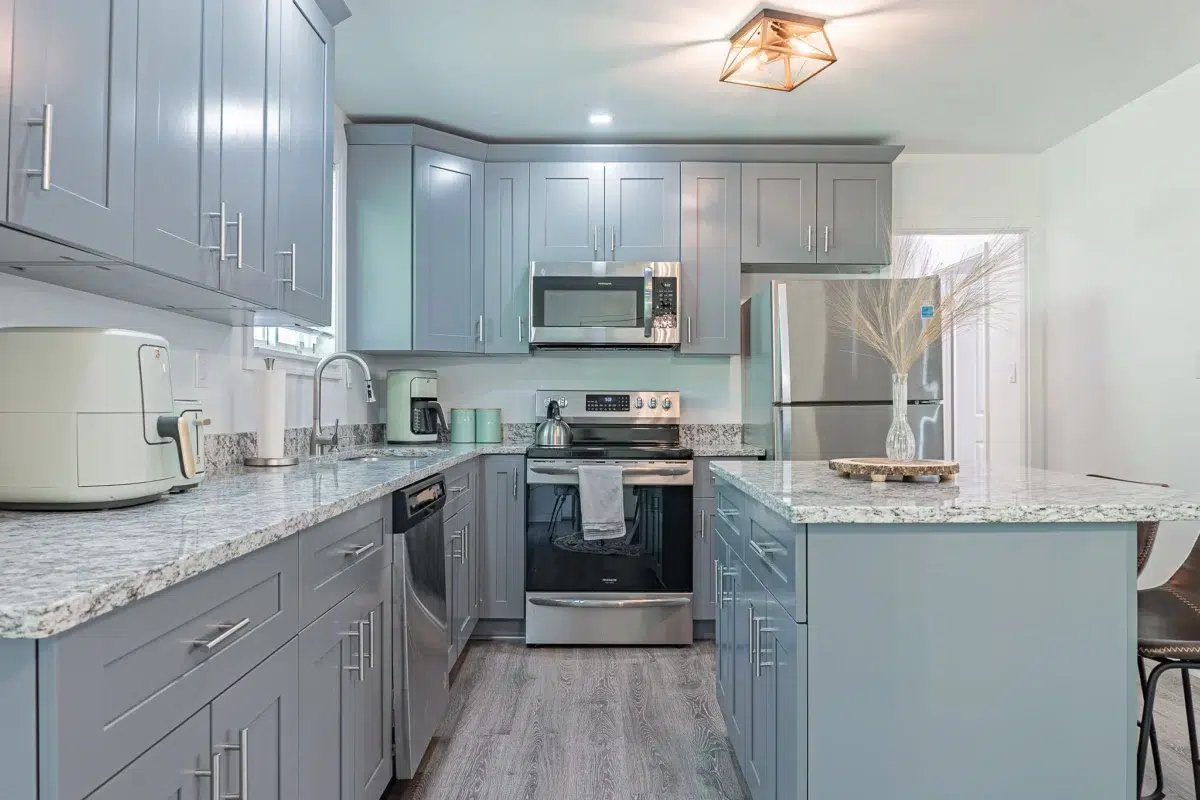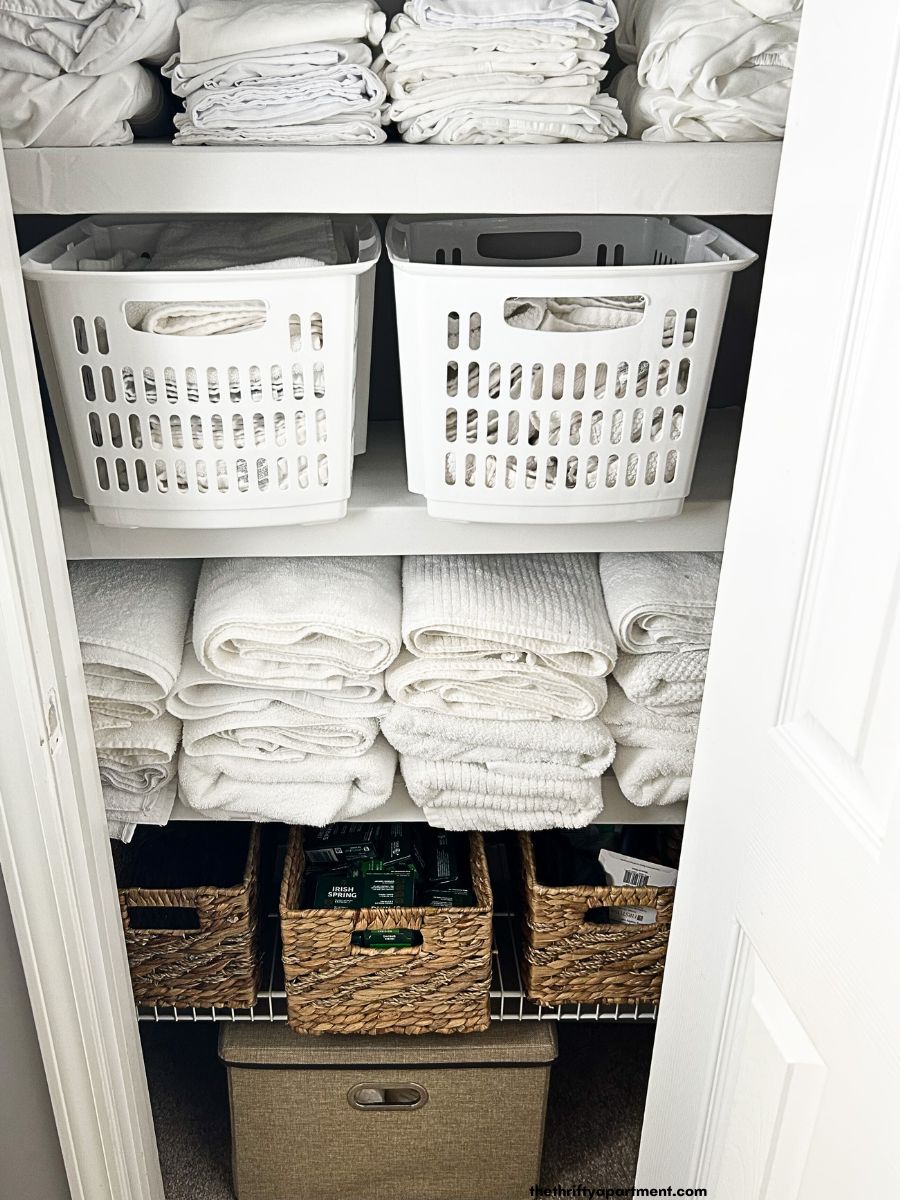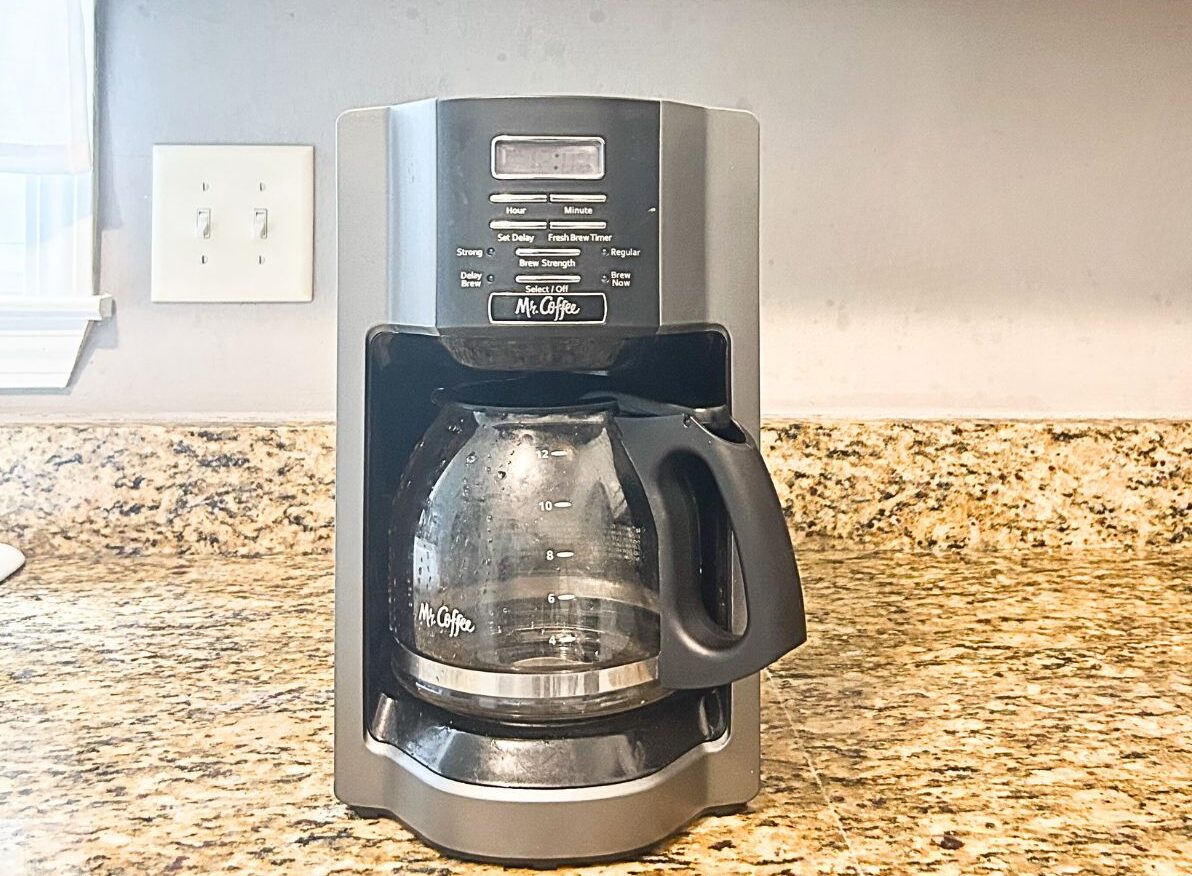This post may contain affiliate links.
A garbage disposal is a workhorse appliance in the kitchen. Most of us depend on it for grounding up our food waste.
While a garbage disposal is known for breaking down food waste and grinding food scraps quickly and easily, it is not a trash can.
When using the garbage disposal, certain items should be avoided and never placed down the drain. These items may not be as obvious and common sense as glass, metal, or plastic items – they should always be avoided down the drain.
The avoidable foods are the ones that do not grind up well in the garbage disposal and can easily cause damage, build-up, clogs, and bad odors. Avoiding these items can preserve the appliance and your plumbing.
Here’s a list of all the items you should avoid putting in the garbage disposal.

This post may contain affiliate links, which means I will earn a small commission if you purchase through my link. Please see the full disclosure and privacy policy for more information.
1. Used Coffee Grounds
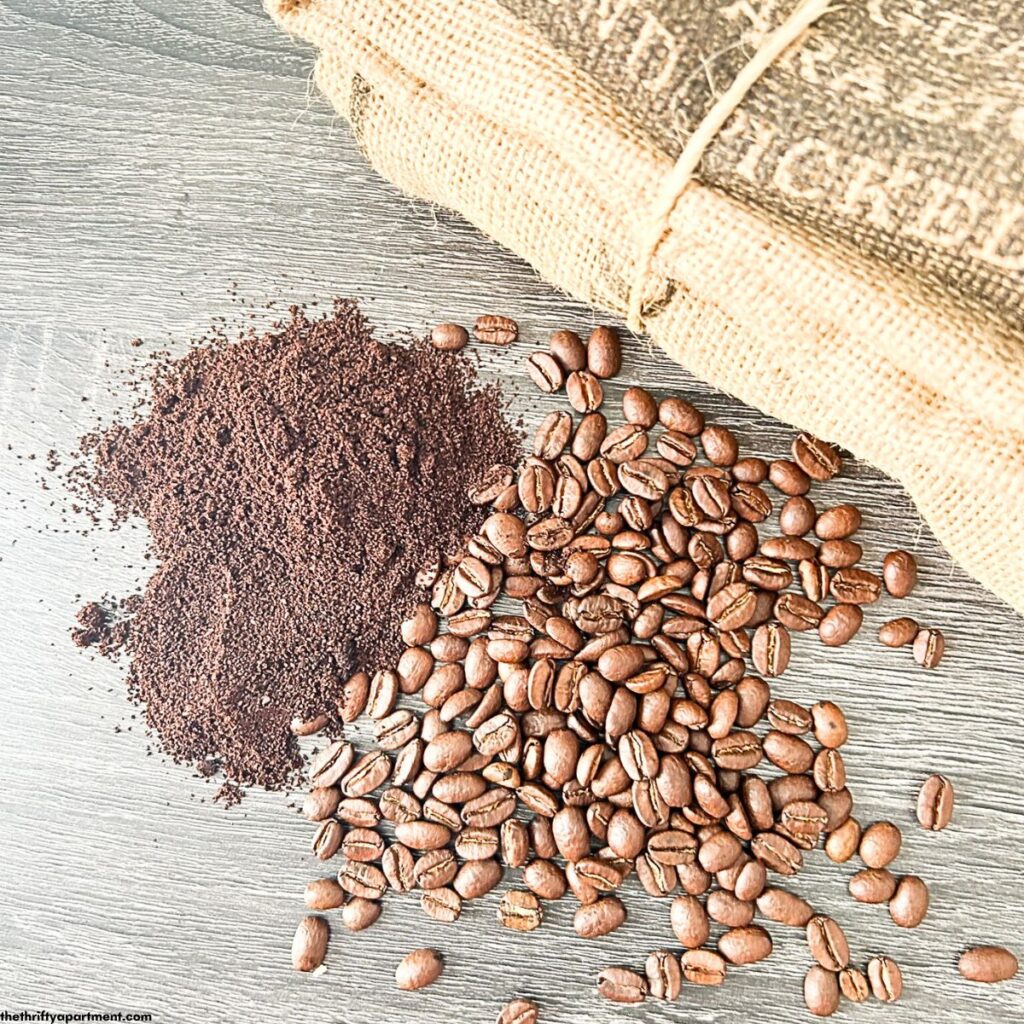
While it may be tempting to dispose of coffee grounds in the garbage disposal, it’s actually one of the items that you should avoid placing down the garbage disposal. Coffee grounds don’t break down easily and can collect in the garbage disposal leading to clogged drain pipes.
So for all the coffee lovers who have been disposing of their leftover coffee grounds in the sink, it’s time to quit. Instead, you can dispose of coffee grounds in the trash, place it in a compost pile, or repurpose it.
2. Bones
The bones from your meals from be avoided in the garbage disposal. Bones are tough and dense, making them difficult to grind. Placing them down the drain will force the garbage disposal to work overtime, as the blades were not designed to handle this level of grinding. This can ultimately damage the blades or cause the garbage disposal to jam up.
3. Pits and Seeds of a Fruit
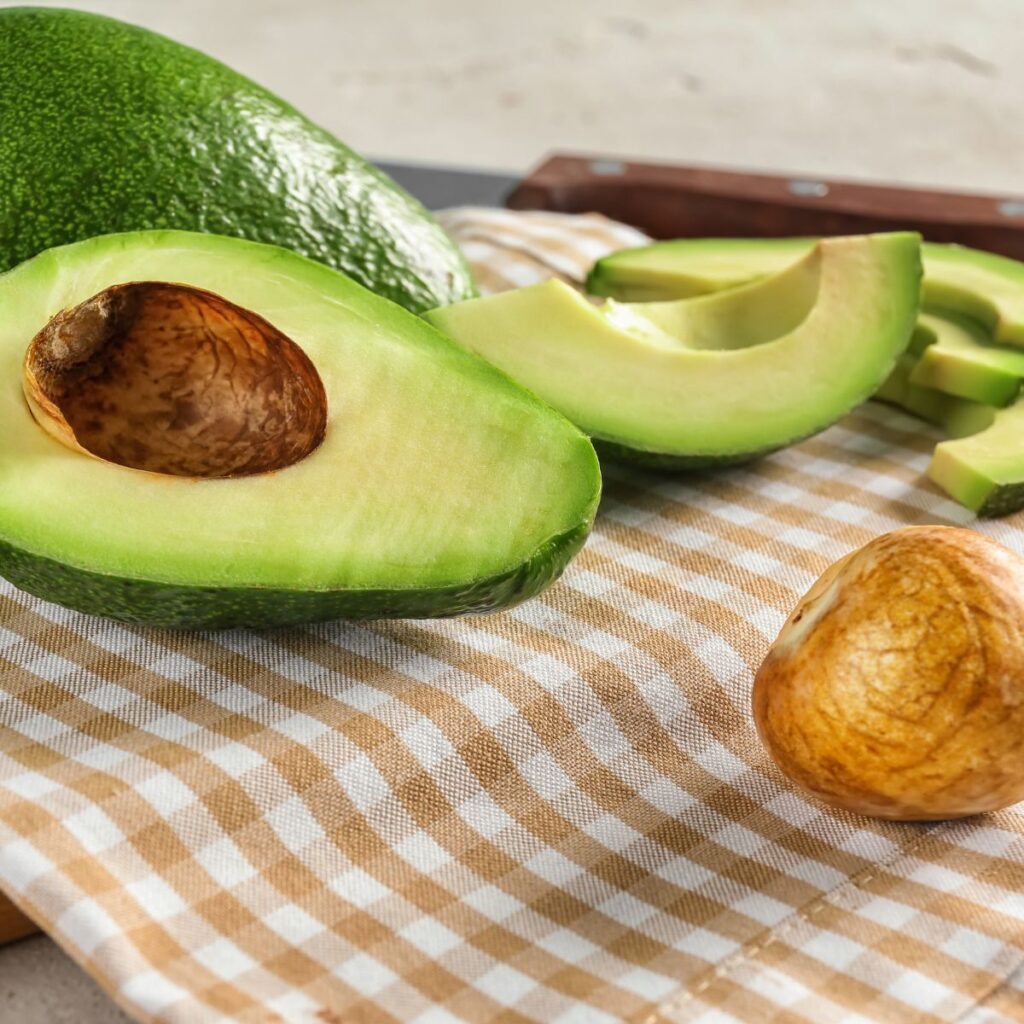
Similar to bones, hard pits and seeds found in fruits like avocados, cherries, or mangoes should be avoided in the garbage disposal. These hard pits are too rough and hard for the garbage disposal to effectively grind up. This can lead to damage and dullness of the disposal’s blades or, worse, blockages in the pipes.
4. Uncooked Meats
While it is debatable whether you should place meat down the garbage disposal, placing it down the garbage disposal can have major consequences. Uncooked, raw meat can easily get lodged and attached on its way down the garbage disposal and the sides of your pipes. Not only can this start a clog, but it can also lead to a foul odor.
The best practice is to avoid placing large clumps of raw meat down the disposal and instead wrap your meat in a plastic bag to limit odors and discard it in the trash can.
5. Cooking Oils and Grease
I’m sure by now, you have heard that you should never throw cooking oil and grease down the sink. This was always something my mom would say. The truth is, throwing grease down the sink can cause the grease to build up over a period of time in your pipes and cause severe bottlenecks. Pouring grease down the garbage disposal is no different.
Grease down the garbage disposal will gradually gather around the blades, impairing its grinding power. This buildup will diminish the disposal’s capacity to perform. And if it becomes a habit and is left unchecked, the grease will clog the pipes causing inconvenience and potential plumbing problems.
6. Egg Shells
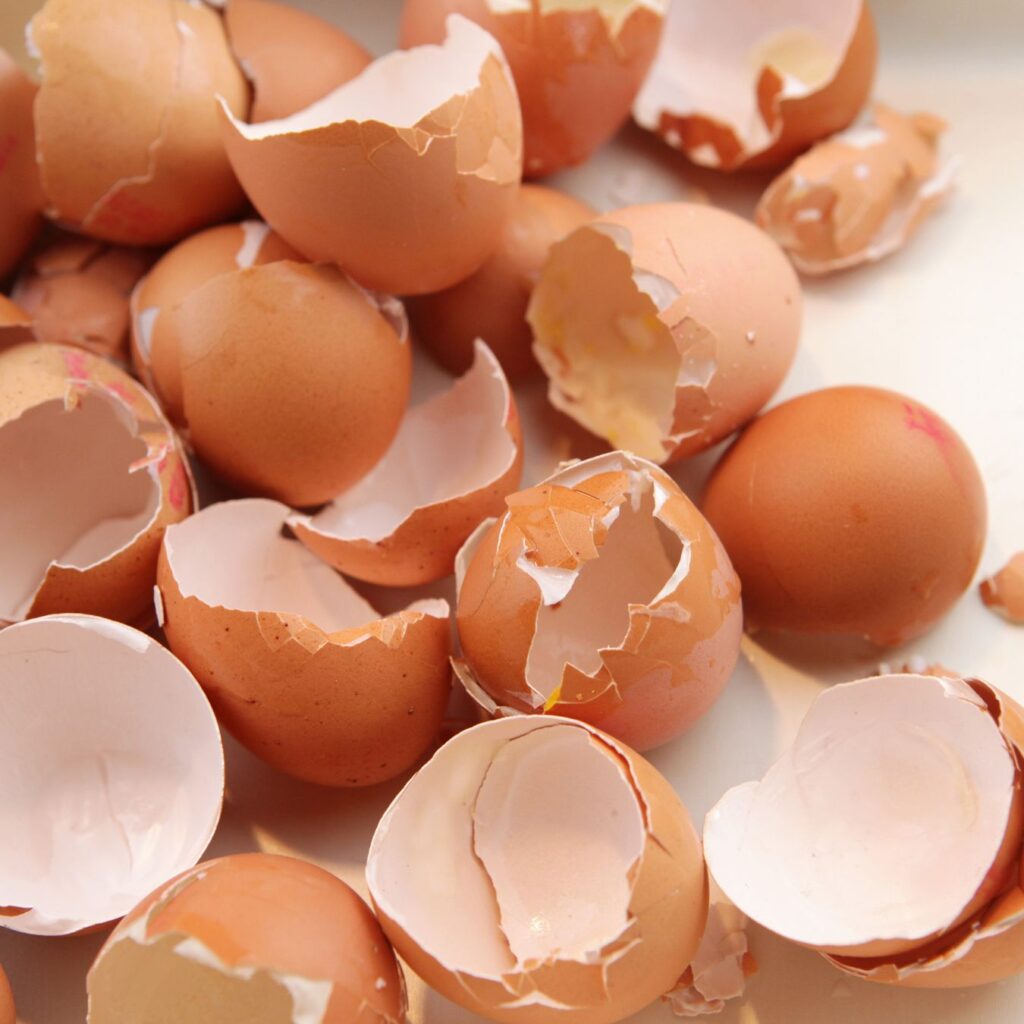
You might be wondering why eggshells are bad for garbage disposal. As innocent as eggshells might seem, placing them in your garbage can actually wreak havoc on the device. The thin membrane lining the inside of the eggshell will stick around the blades and shredder ring of the garbage disposal, causing malfunction to the device.
In addition, if the egg membrane remains in the sink for an extended time, it will begin to have strong smells and foul odors.
7. Stringy, Fibrous Fruits and Vegetables
Fibrous vegetables and fruits such as celery, banana peels, asparagus, artichokes, and corn husks should be avoided down the drain. The long, stringy fibers can wrap around the disposal blades, leading to drain clogs and potentially damaging the motor.
8. Paint

As an avid DIYer, paint is a huge part of my everyday life. While discarding paint can seem daunting, it should be avoided in the garbage disposal at all costs. This also means avoiding washing out your paintbrush in the sink.
Paints such as latex and other oil-based paint cause damage to the garbage disposal.
9. Starchy Foods
Starchy foods such as pasta, bread, and rice should be avoided in the drain. When pasta and rice come into contact with lots of water, they will expand. This expansion can occur within the disposal and lead to serious clogs.
The sticky consistency of pasta and rice can also cause them to cling to the blades, reducing their effectiveness.
10. Seafood Shells
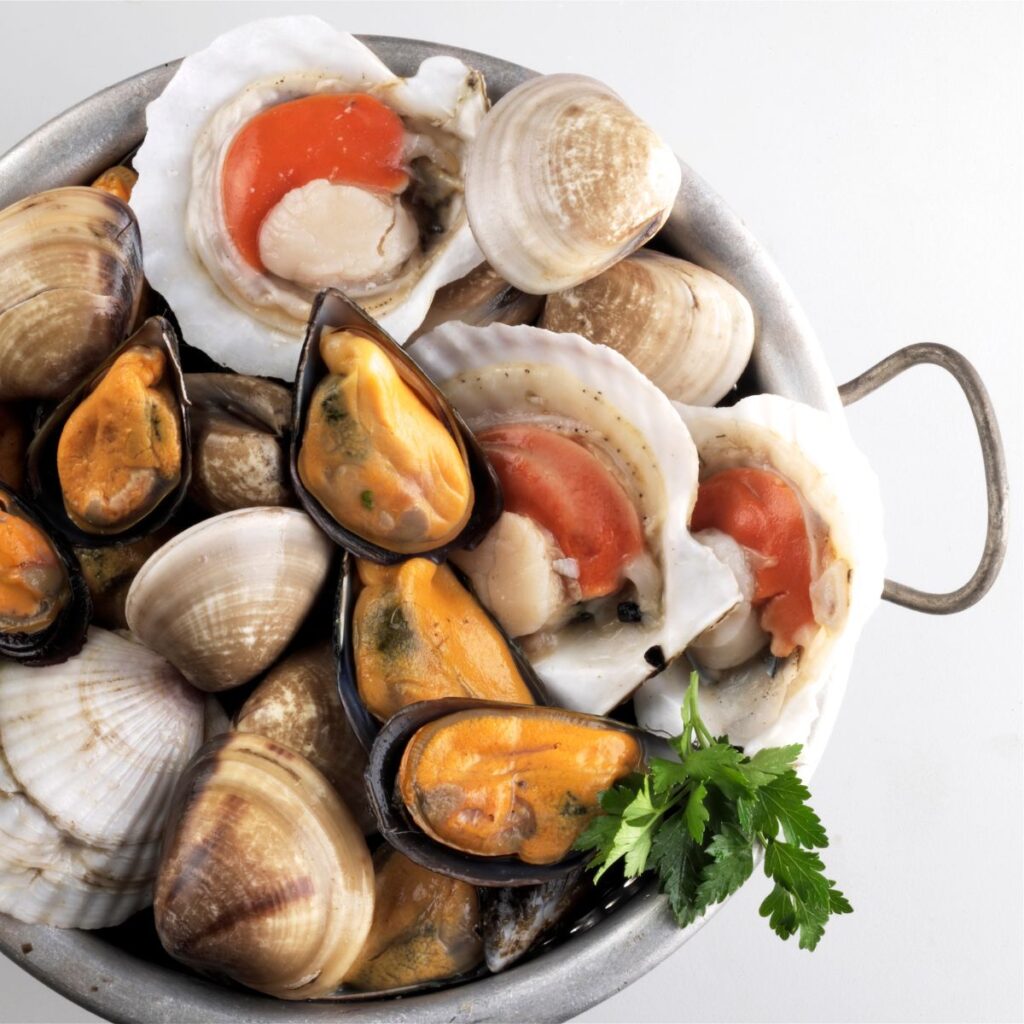
The hard shells of seafood, including mussels, lobster, crab, and oysters, are extremely difficult to grind up in a garbage disposal. Their tough exterior should be kept away from the garbage disposal.
11. Stickers and Labels on Produce
This might seem minor, but the stickers and labels on your fruits and vegetables should not be thrown into the garbage disposal. Unfortunately, these tiny labels cannot break down in the garbage disposal; if enough of them accumulate, they can cause damage.
12. Potato Peels

It may be tempting to throw the potato peels down the drain, but it’s best to avoid it. The potato skins can go through disposal without getting minced because of the skin’s thinness. This can lead to an immediate clog.
13. Onion Skins
Onion skin also has a thin membrane that can escape the disposal’s blade without being minced. It can also wrap itself around the disposal grinder, causing it to malfunction. This can lead to a stoppage in the garbage disposal.
Other onion parts that have been chopped or diced are fine to place in the disposal.
14. Oatmeal
Raw oats can easily slip through the garbage disposal without being touched. This can lead to the oatmeal collecting and expanding later down the drain, leading to drainage and plumbing issues.
15. Nuts

Imagine your garbage disposal being lined with peanut butter. Then imagine how inefficient it would be at chopping things up if peanut butter was around it. Well, that would happen if you placed nuts in the garbage disposal.
When nuts are smashed, they become a sticky, thick paste. Therefore it is best to refrain from tossing any form of nuts into the garbage disposal.
16. Large Amounts of Food
The garbage disposal isn’t designed to replace trash cans. Although it’s a reliable workhorse, it does have its limitations. So, if you put a large amount of food down it all at once, it may cause some problems with the disposal. For optimal results, it’s best to discard smaller portions of food at a time.
17. Harsh Cleaning Products
Harsh cleaning products such as bleach and draino should be avoided in the garbage disposal. These products can cause damage and curtail the disposal’s lifespan. Opt for natural remedies to clean your garbage disposal.
18. Non-Food Items
You should always avoid placing any nonfood items down the kitchen sink drain. This especially includes plastic, paper towels, metal, and glass items. The garbage disposal was not intended to grind up or minch anything other than food in its disposal.
These items can lead to severe damages that may require the disposal to be completely replaced or pipes to be fixed.
Tips on Using a Garbage Disposal
- Do not treat garbage like a trash can to get the most out of your garbage disposal! Soft foods such as fruits and vegetables (without peels) are okay to put down the sink drain as long as they are chopped up first. Liquid and biodegradable foods are also generally safe to feed into the disposal. It is worth noting that if a food item can be fed to a baby, the same goes for putting it into a garbage disposal.
- The rule of thumb for using garbage disposal should be that if you cannot cut the item with a knife, it doesn’t belong in the disposal.
- Run hot water down the drain or flush the drain with ice cubes regularly to help wash away food that may have settled.
- Clean the disposal regularly – use a drain cleaner or other natural remedies o clean the disposal.
What are the Benefits Of Using A Garbage Disposal
Garbage disposals are a convenient and environmentally friendly way to get rid of food waste. They save time and energy, help prevent sink clogs, reduce bad odors in the kitchen, and help keep pests away.
Also, using garbage disposal reduces the amount of kitchen waste that goes into landfills and prevents it from ending up in lake systems or other bodies of water.
How does a garbage disposal work?
A garbage disposal works by grinding up material in your kitchen sinks, such as food scraps, bones, and vegetable peelings. The unit is usually connected to the drain system of your sink, located underneath it.
When you turn on the garbage disposal, a motor turns on spinning blades that grind the waste into small pieces that can be easily washed away into the sewage system without blocking any pipes.
It’s a convenient way to dispose of food scraps and reduce the amount of waste that goes into your trash can.
Can you put coffee grounds down a garbage disposal?
Putting coffee grounds or coffee beans down the garbage disposal is not recommended. If small amounts of coffee grounds happen to enter your sink, then usually that is fine. The issue usually arrives when large amounts of coffee grounds are thrown into the garbage disposal.
They can potentially clog your pipes and create unwanted buildup in the drain. It is best to put the grounds into a compost bin or trash can when disposing of coffee grounds.
It’s critical to understand that a garbage disposal is not a garbage can that is a catch-all for waste disposal. It has limitations, and disregarding them can result in clogs, breakdowns, and even damage to your plumbing system.
If you’re unsure whether an item should go in the garbage disposal, it’s always better to err on the side of caution and find an alternative disposal method.
By understanding what should never find its way into the garbage disposal, you can ensure its optimal functionality and prevent costly repairs.
Posts you might like:
Please comment below to let me know what you think of this article. Feel free also to follow me on my social media pages – Pinterest and Instagram or subscribe to my mailing list for other design inspiration, DIY projects, and home decor ideas.
Tamara White is the creator and founder of The Thrifty Apartment, a home decor and DIY blog that focuses on affordable and budget-friendly home decorating ideas and projects. Tamara documents her home improvement journey, love of thrifting, tips for space optimization, and creating beautiful spaces.


